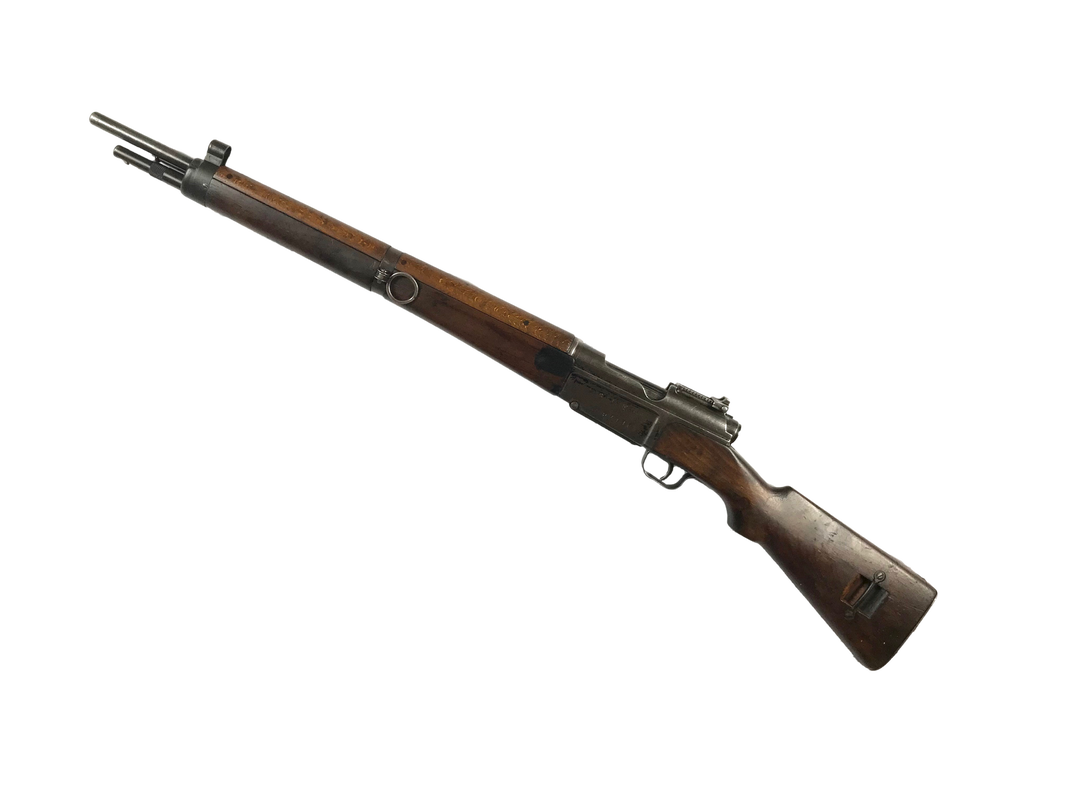|
On the 29th of August 1944 the 28th Infantry Division, a unit of the Pennsylvania Army National Guard, paraded under the Arc de Triomphe and down the Champs Élysées within the newly liberated city of Paris. While Allied forces had allowed Free French troops to have the honor of entering Paris first and accepting the German surrender, the men of the 28th Infantry, bearing the distinctive “bloody bucket” keystone insignia, represented the bulk of those fighting in the ETO — men from outside of continental Europe fighting for the freedom of strangers. As the oldest division-sized element in the United States Army, and with a stellar reputation from the First World War, the 28th was an excellent choice to be given the privilege of showcasing the American presence in the fight against Nazi Germany. Despite taking part in a pre-victory victory parade, the 28th did not disappoint for the rest of their time in Europe either, and fought doggedly through the rest of the war, including the Battle of the Bulge. The French, to their credit, also began preparing for the many more months of war that were sure to come. One such example of that is the pictured well-worn MAS-36 rifle. It was produced in either late 1944 or 1945, after the liberation but while the war was still ongoing. This pattern of rifle was intended to replace older WW1 era weapons, and also to serve as a secondary arm to a as-yet-to-be-produced semi-automatic rifle for Infantry troops. Unfortunately, due to governmental delays, they only started manufacture in late 1937 and had not fully replaced the earlier patterns by the time of the German invasion, nor adopted a semi-automatic rifle for regular use. While many elements of the French military resisted bravely, they were ultimately overwhelmed and surrendered to German forces. The MAS-36, and earlier firearms, then saw usage by a wide variety of actors to include collaborating Vichy forces, occupying Germans, and resistance organizations. The MAS-36 is a unique weapon in a number of ways, and embodies some distinctively French design cues. Among these are a remarkably blocky (compared to contemporary designs) front sight, designed for quick battlefield accuracy. Curiously enough the front sight also has a small notch in it that allows the rifleman more precision if the time and situation allows for it. Also unlike most contemporary competitors it has no manual safety. Instead the doctrine typically would call for the weapon to be carried with an empty chamber until the tactical situation called for loading a round and preparing to fight. It also designed to NOT be easily disassembled, and requires special tools beyond what a normal Soldier would normally carry. It also stows a cruciform / needle-like bayonet in a tube under the barrel. While the effectiveness of the needle or rod bayonet may be hotly debated (would be a hard-no from Teddy Roosevelt), an on-board bayonet has an undeniable utility and prevents another piece of gear from rattling around on the Soldier’s waist. The Germans actually like this so much that they copied this feature onto their FG-42 paratrooper weapon, with the earliest bayonets actually being modified MAS-36 examples.
0 Comments
Leave a Reply. |
Jon K.Weapons collector, history buff, Army officer, Pug enthusiast. Archives
December 2020
Categories
All
|






 RSS Feed
RSS Feed
